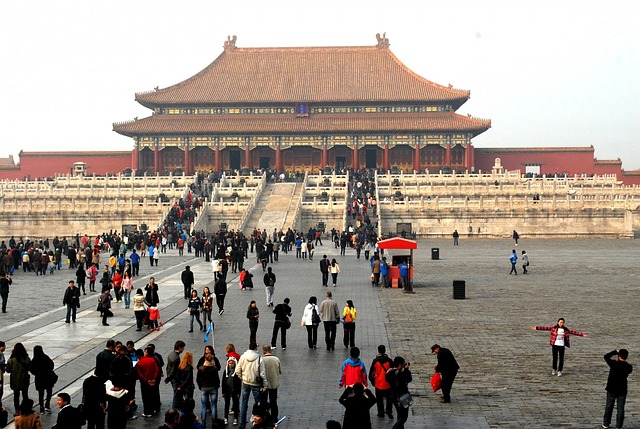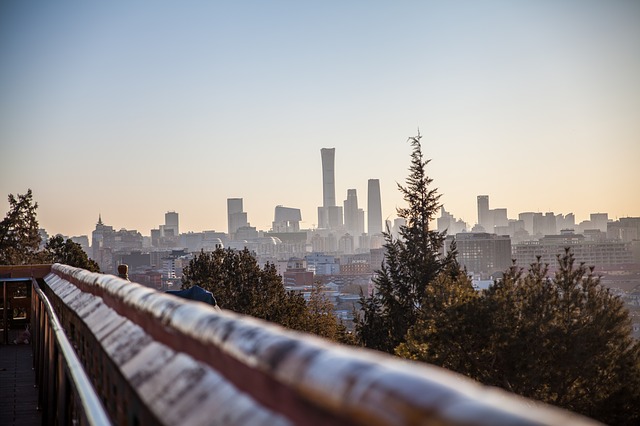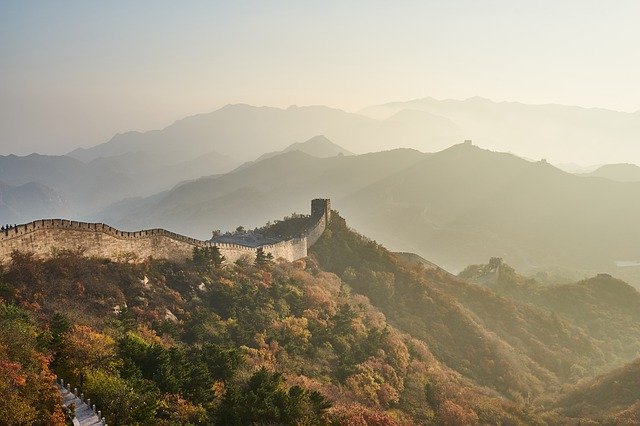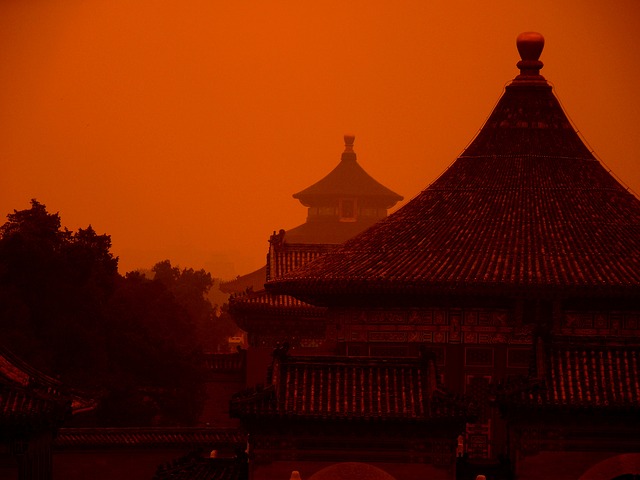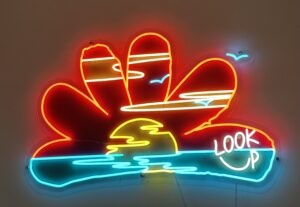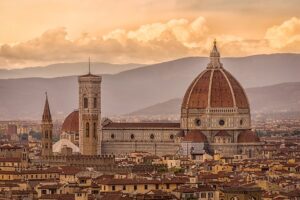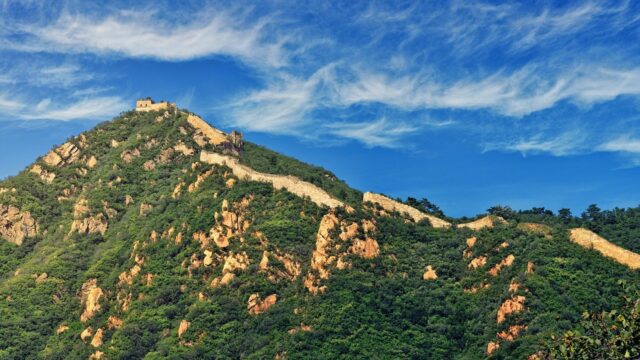
My fascination with China’s capital, Peking / Beijing, knows no bounds. In addition to a history that has lasted several millennia and seven (!) UNESCO relics, Beijing is also one of the most economically advanced cities in the world! You can find detailed information about the megacity in this article. In one of the world’s largest cities, where old tradition meets powerful modernity, there is, of course, a lot to do and experience. Read here to find out where to start to immerse yourself in the wondrous world of Beijing.
A visit to Tiananmen Square
If you want to fly into Beijing, ensure you choose the right flight, and once you reach your destination, enjoy your time of life. For one thing, Tiananmen Square is the largest vacant space in a major city in the world. On the other hand, the square has a high political value now as it was then. Important state events were and are still celebrated here, such as military parades or state receptions. The square’s importance and symbolic meaning are also made clear by the many surrounding security staff who examine every backpack and bag before one is allowed to enter the court.
Exploring the Forbidden City
This is one of the sights of Beijing that is almost synonymous with China. The symbol of China is anything but forbidden today: 16 million people visit the UNESCO World Heritage Site every year, and the trend is rising! Therefore, it is not surprising that this building of monumental importance is very well seen, especially on weekends and holidays. Consequently, we recommend visiting the Forbidden City during the week and, depending on the weather, bringing enough sunscreen and hats with you, as the enormous squares within the walls provide very little shade.
For those thirsty for knowledge: Built a good 600 years ago (1406-1420), the Forbidden City served as the seat of government and residence of the Ming and Qing dynasties. According to the myth, the spacious spaces are so empty that assassins cannot hide. One of the most impressive forts and government seats in the world!
Attackers, summiteers: Jingshan Mountain!
Jingshan Mountain is well hidden behind the massive Forbidden City. It is an insider tip for Beijing explorers, as not every traveler finds the time to climb the small hill. From above, assuming the right weather, you have a magnificent view of the Forbidden City and Tiananmen Square.
Original Peking Duck – a palatal highlight for everyone!
I cannot emphasize enough how much the Peking duck at the favorite Chinese around the corner differs from the authentic Peking duck in Beijing: If that one is more of an old Golf, the real Peking duck tends towards Mercedes. The fine duck strips are cut from the duck at the table by a cook. First, you take one of the palm-sized dough surfaces and add vegetables (usually cucumbers, lettuce, and onions). Then you dip the duck meat in the sauce, place it with the vegetables and roll up the day into a kind of wrap.
Get lost in the hutongs.
Like every other city, Beijing had to face the challenges of modernity while at the same time preserving its tradition. However, a process that lasted two centuries in western towns had to be mastered in a few decades. Without further ado, many of the historic hutongs, some of which were millennia old and some have been homes for families for centuries, were demolished to make way for modern skyscrapers and shopping malls. Fortunately, today, there are still some hutongs, ranging from very classic, pristine hutongs to renovated hutongs with face-lift.
Two particularly noteworthy hutongs are NLGX (Nanluoguxiang) and Wudaoying. The restoration of these areas does not detract from the historical charm: In the many alleys, side alleys, and side alleys, you can still get lost today, stroll from small bar to cafè and satisfy your appetite in traditional restaurants. Don’t forget your camera!
Climb the Great Wall of China
A similar well-known landmark of China as the Forbidden City is the Great Wall. A visit to this monument is a must for China travelers, as there is a saying (adapted to the demands of the 21st century): “You only really lived when you climbed the wall!” The “Stone Dragon” meanders through the mountains near Beijing. To protect against various nomadic groups and later also to save the Silk Road, construction of the wall began as early as 220 BC. In the following millennia, the wall was expanded by the ruling dynasties, so that the UNESCO World Heritage Site today has a total length of over 21,000 km and proudly passes 15 (!) Provinces of China! Here, too, a little tip: Avoid weekends and holidays and bring enough sunscreen and shade! While Mongolian attackers are less common today to be seen at the Great Wall of China, you will find hosts of tourists wielding selfie sticks.
A visit to the Temple of Heaven
This temple was once used by the emperor of China to make offerings to the gods. The emperor was considered the link between the gods in heaven and earth, and it was his task to carry out the will of the gods. At the same time, however, the emperor was also allowed to communicate the people’s choice. In return for the offerings, ask for a rich harvest, for example. The rituals had to be carried out correctly because even the smallest deviation was a bad omen for the coming year for the entire year. After the temple was almost forgotten for a few years, it has been restored and opened. There is a spacious park around the temple.
Tasting of the local art of brewing
The Chinese love to drink beer. That’s all well and good if it weren’t for a small problem: Most Chinese beers taste awful! Chemical, tinny taste, watered down, and only 3-4% alcohol Jing-A, Slow Boat, Taedonggang, and Great Leap are among the best known.
Pray for your ancestors and happiness in the Yonghe / Lama Temple.
First of all: there are no animal representatives of Buddhism walking around in the temple, unfortunately. Instead, it is the largest Lamaist temple outside of Tibet. Lamaism is one of the groups within the Buddhist religion whose head is the Dalai Lama. Hence the western name “Lama Temple”; Incidentally, in Chinese, the temple is called the “Palace of Truth and Peace.” The temple is as popular with the local population as it is with tourists. The smoke drives away evil spirits, and the gods answer the prayers. Incidentally, the temple complex is quite large, and even real Lamaist monks live on it – in the middle of the surrounding hutongs!
Beijing is one of the most fascinating and diverse cities in China and maybe even the world! Due to the sheer number of sights, Beijing is worth a visit or two.
*Post contributed by Jason Choi, a peer adventure travel enthusiast based in Hong Kong*

